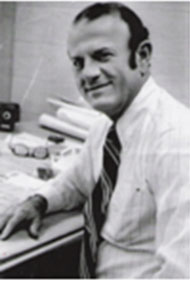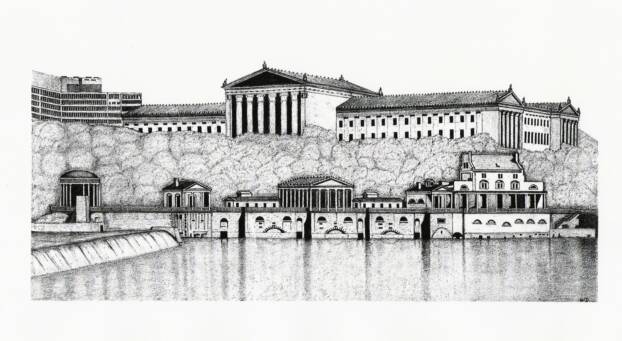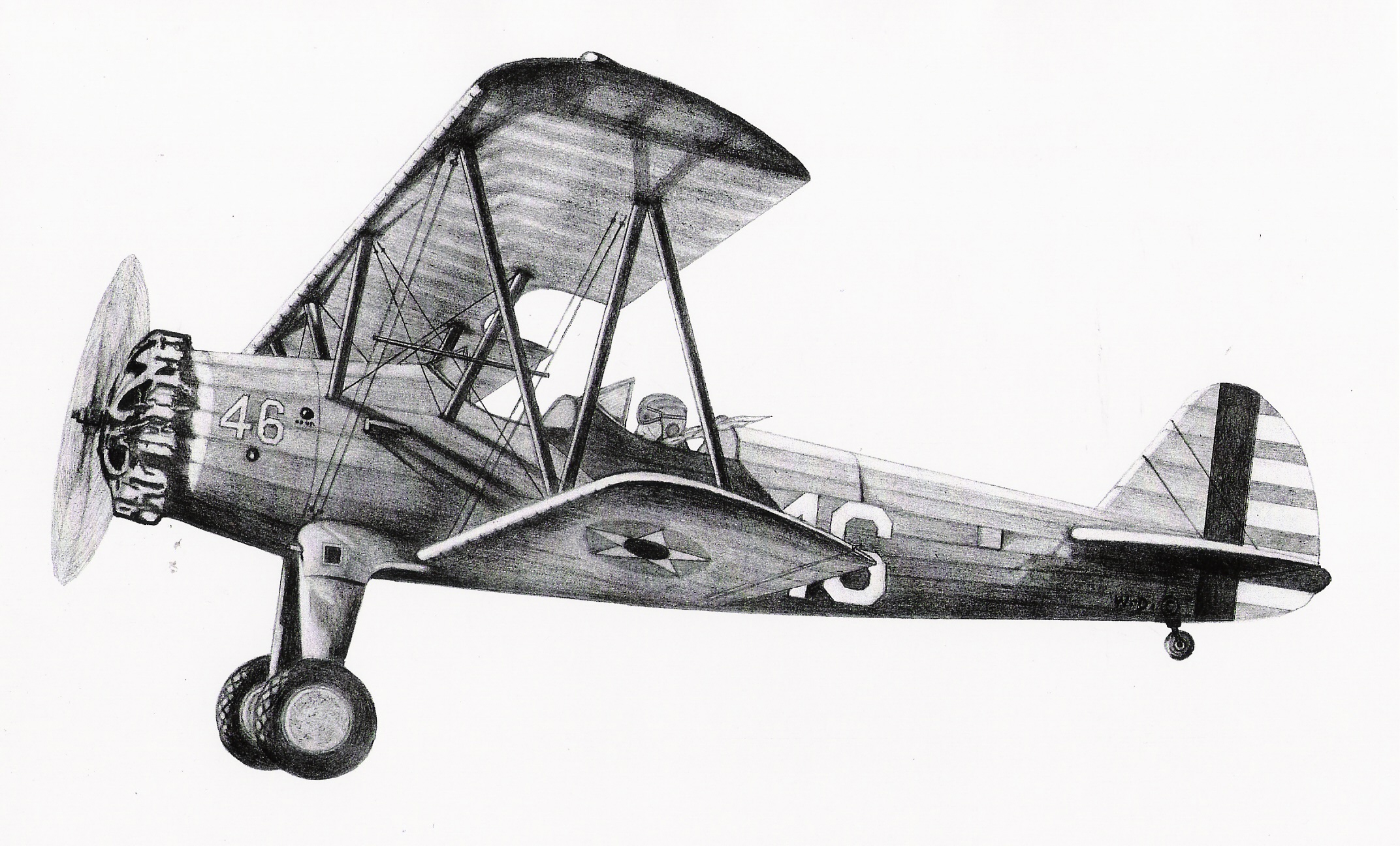One Woman’s Trash Became Another Man’s Art
I was a "trolley geek" from the time I was carried onto a trolley by my parents, Betty and Bill, who rode them everywhere when I was a baby since they didn’t have a car. One of my earliest memories was riding on the Philadelphia Route 66 Frankford Avenue trolley to the Frankford Elevated. This was in the mid-fifties when the Philadelphia trolley system , the PTC, was being dismantled and modernized (“bustituted”) after a takeover by the notorious National City Lines.
Frankford Avenue was spared total trolley elimination, however, as the railcars were replaced with electric trolley buses after July 31, 1955. I was three years old. When we went to Ocean City for summer vacation, I would make trolley track routes in the hard, recently-wet sand and cover them up to simulate how they looked after concrete had been poured in the rail flanges. People thought I was crazy. Plus, since it was the “Age of Automobiles”, toy trolleys were non-existent. My Dad, who worked at Honeywell as a draftsman, made me a fleet of cardboard cut-out trolleys. Through grade school and high school I remained a closet “trolley jolly”.
The Elliots lived next store to my parent’s row-home. Mr. Frank Elliot worked at the Frankford Arsenal for the PRR. On many summer evenings he thrilled me and my father with tales of the freight yard--events like derailments, chemical spills, fires, horrible injuries, etc. He built a huge American Flyer train layout in his basement.
After Frank died in the late 60’s his wife, who hated his hobby, threw his railroad modeling tools, trains, railroad-related magazines and a collection of railroad pictures into the trash. My Mom told me that every 15 minutes a different car would pull up and retrieve a piece of Frank Elliot's Railroad Empire. On the way home from school I rescued some train engine and trolley pictures in the remaining trash. I took them inside the house and stuffed them in the china closet junk drawer. I forgot about them. In the meantime I graduated high school, obtained a degree from PSU, got a job with the Penn Central Transportation Company. PC morphed into Conrail. When Conrail was ordered to end its contractual relationships with local transit authorities to provide operating services in the early eighties, I became employed by NJ Transit Rail Operations as a buyer of railroad materials.
Eight years later my dad discovered the pictures in the drawer and, in an effort to sharpen his drafting skills, rendered them in pencil with an emphasis on the details and shading. The result was a form of industrial art. Several of the pictures in this collection originated from that fateful trash day and the china closet drawer. Artists often find subject matter in strange places.
That’s how one woman’s trash became another man’s art.
William C. D'Emilio
Son of the Artist




